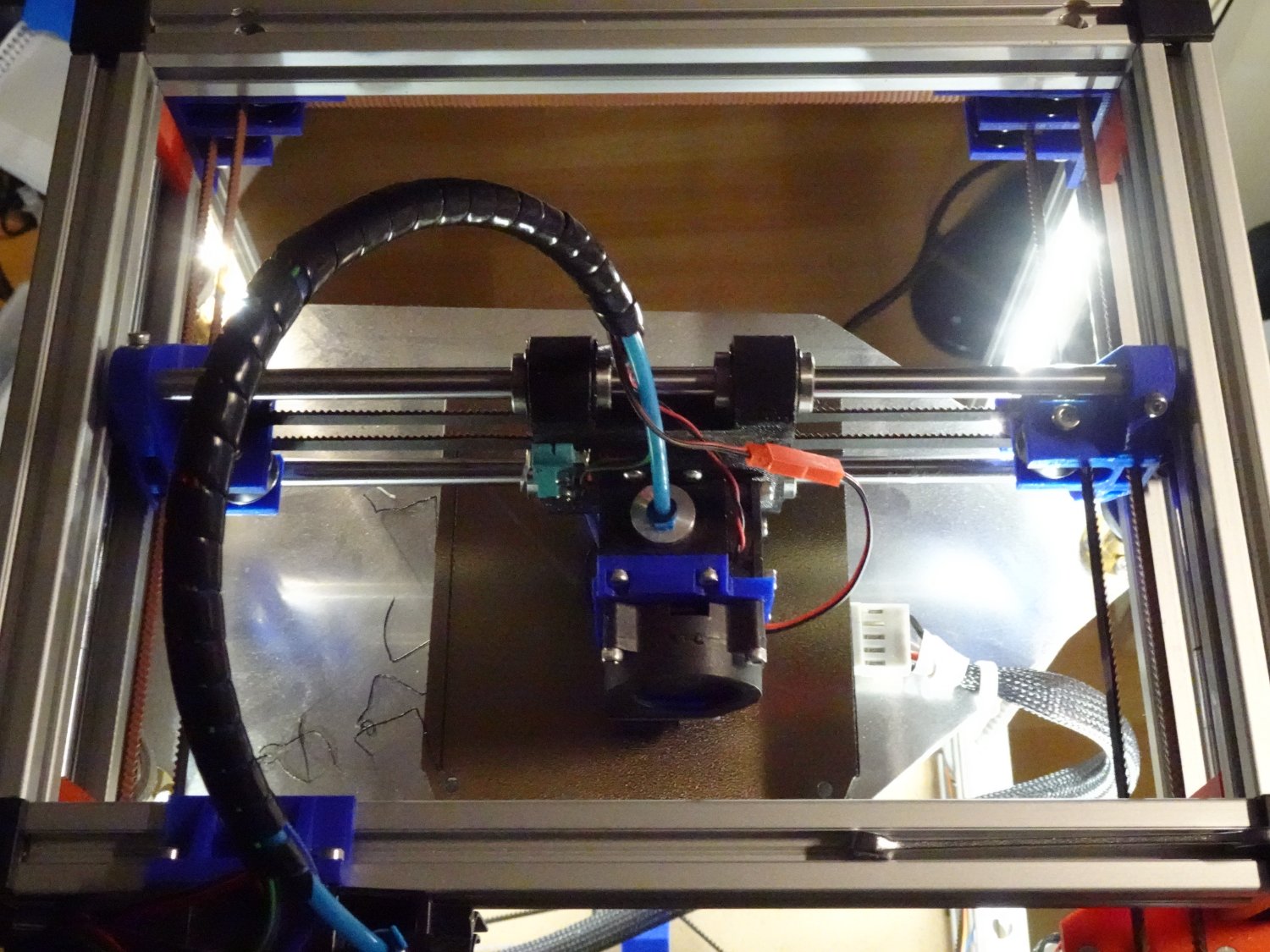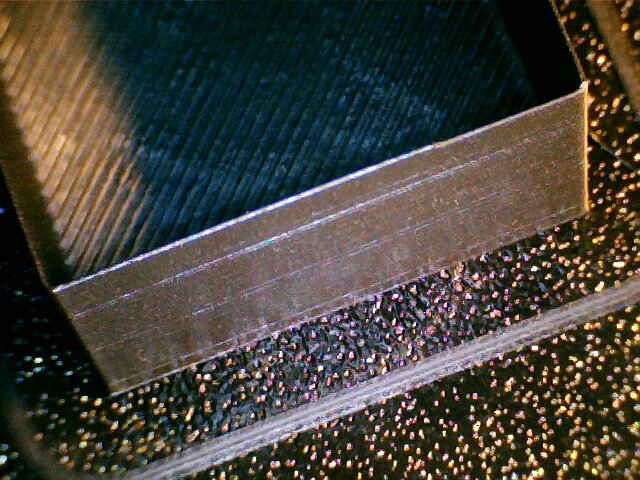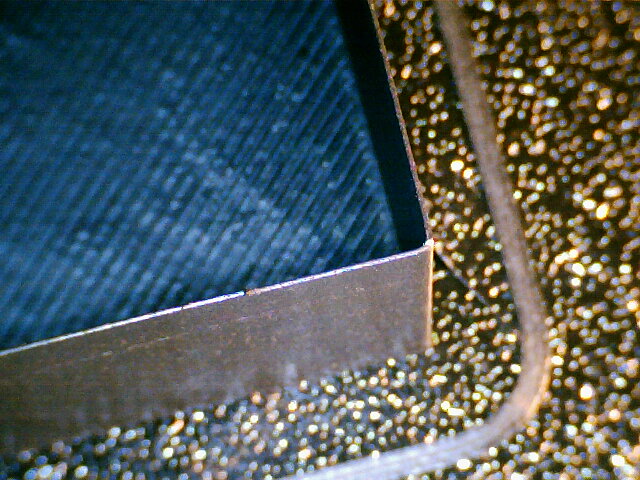My router is called Jupiter, everything connected to it is named after a moon. Callisto, Ganymede, Thelxinoe, Kallichore are what I’m currently using.
- 1 Post
- 14 Comments
That’s why I don’t let every device decide individually. I know my router (FritzBox) prioritizes the pi-hole (it’s even called “preferred” and “alternative” DNS-Server in the UI)
I have my pi-hole setup as the upstream DNS in my router, with cloudflare as a secondary DNS. That way, all my devices always use the router for DNS (since that’s what is advertised in my DHCP) and the router then uses pi-hole if it’s available, or cloudflare if it isn’t. But the individual device doesn’t get to choose between different servers.

 1·9 months ago
1·9 months agoTightening the belts seems to have helped, but I will have to do some more printing to be sure. Thanks for your help!

 1·9 months ago
1·9 months ago
The belts are parallel to the axis, but I will try tightening them some more.

 2·9 months ago
2·9 months agoThis is a 40x40 cube printed in vase mode:

The corners look pretty okay on that:

But I don’t see these kind of results on real-world parts. I guess I have to print some more test parts to narrow down the problem.

 1·9 months ago
1·9 months agoThat might be part of it, my filament is probably pretty wet. I’ll try some other rolls of filament.

 8·9 months ago
8·9 months agoThe part is just pretty small, I have the EW set to 0.45 mm withe 0.4 nozzle. But I will try turning it down further.
The rounding looks much more extreme than what I would expect or have seen on other printers I worked with (mostly Ultimakers).

 3·9 months ago
3·9 months agoIt’s a printer of my own design running marlin. I’m going to try disabling input shaping, but if I remember correctly the problem was already there before I ever enabled it.

 2·9 months ago
2·9 months agoGood point, see my edit

 4·10 months ago
4·10 months agoI’m guessing it’s about documenting the assembly of safety-critical components. If some part of, let’s say an airplane fails because a bolt comes loose, the manufacturer wants to have a paper trail attached to it to prove that this specific bolt was indeed torqued to the correct spec. Connecting the wrench to the network could make this documentation much easier.

 1·10 months ago
1·10 months agoYou can try to disable software End-Stops with this gcode:
M211 S0Be aware though, if you do that, there is nothing preventing your printer from trying to move beyond the hardware limits and possibly destroying itself. You can enable the end-stops again with:
M211 S1

 5·11 months ago
5·11 months agoSolvespace might be exactly what you’re looking for. It is FOSS and works well for simple models. Some functionality is missing though, for example chamfers and fillets.

This seems to be a bug in the slicer. I’m seeing the same issue in OrcaSlicer if the skirt height is set to more than one layer (even if the skirt is disabled). This makes sense if a skirt is used (can’t print a continuous spiral if you have to switch between printing the object and the skirt), but not if it’s disabled.
What slicer are you using? If it’s a PrusaSlicer fork, this is likely the same bug.